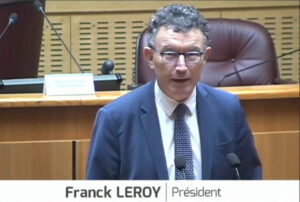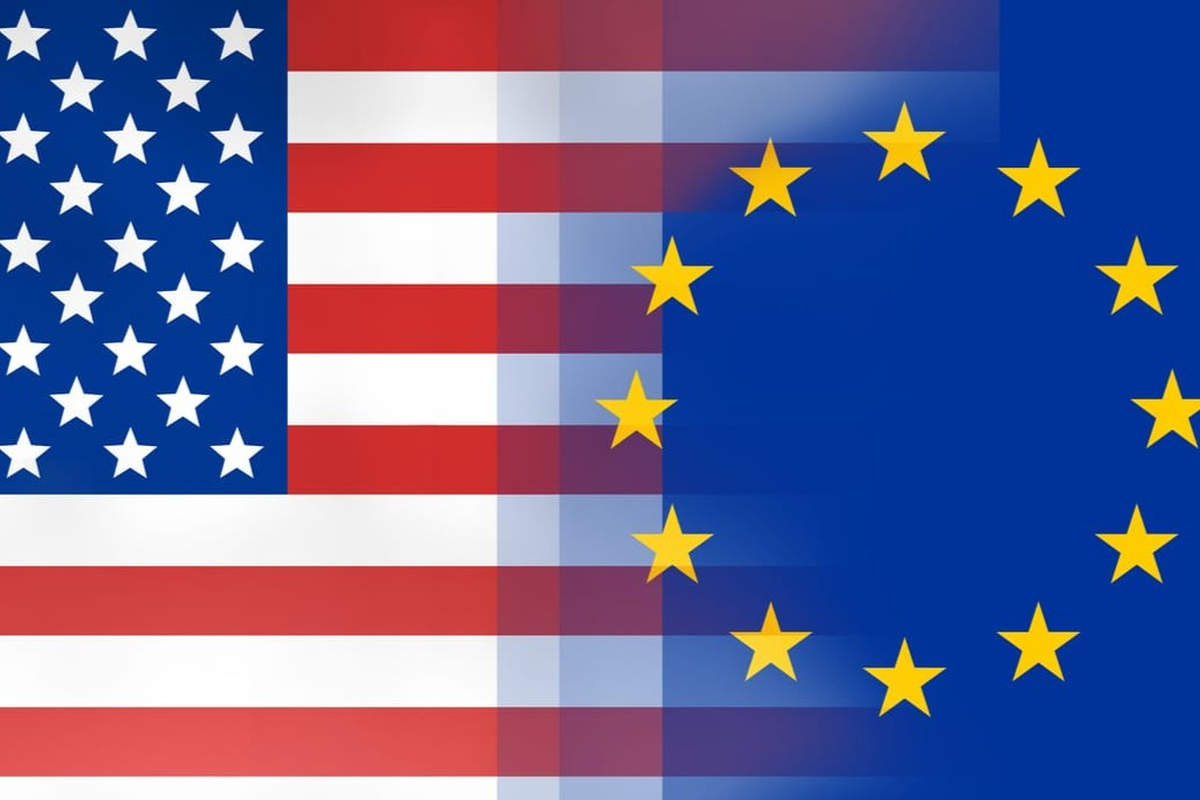The American president maintains his commercial pressure despite ongoing negotiations. Timid response from France and the European Union. The President of the Grand Est region, Franck Leroy, expresses his concern for the regional economy.
Donald Trump confirmed on Saturday the imposition of 30% tariffs on imports from the European Union and Mexico, to take effect on August 1ᵉʳ. This decision, announced via its Truth Social platform, comes after several successive postponements of these protectionist measures.
A gradual escalation of tariffs
The US president justifies this measure by the need to “correct” trade imbalances with the EU, which he sees as a threat to the US economy and national security. These tariffs represent a significant increase on the 25% initially planned for Mexico.
This announcement is part of a broader plan of “reciprocal tariffs” revealed in April, including a 10% tariff floor and targeted surcharges of up to 104% depending on the country. These measures had been temporarily suspended due to their impact on financial markets.
Reactions from France and Europe
Emmanuel Macron expressed his “strong disapproval” of Trump’s announcement and called on the European Union to defend itself. He asked the EU to “accelerate the preparation of credible countermeasures”. Which countermeasures? We don’t know.
Ursula von der Leyen, President of the European Commission, criticized Donald Trump’s decision, saying it would “disrupt vital transatlantic supply chains”. The EU is timidly threatening to retaliate with “proportionate countermeasures”, and had already considered taxing €95 billion of US imports in May.
Despite this escalation, Brussels maintains its preference for a negotiated solution, although no further meetings are scheduled between American and European negotiators before the August 1 deadline.
An expanded system
In addition to the EU and Mexico, the Trump administration has specified the rates applicable to some twenty trading partners, ranging from 20% to 40%, with the notable exception of Brazil (50%). Canada is subject to a 35% tariff. In all, some sixty countries could face surcharges in excess of the 10% floor tariff.
This aggressive trade policy marks a turning point in the United States’ international economic relations, with potentially major repercussions on world trade.
The Grand Est region particularly at risk
President Franck Leroy expresses his “deep concern at this arbitrary and brutal decision, which will ultimately only result in losers”.

In a press release, the President of the Grand Est Region stresses that “Our region, which is a major exporter and a favored host for foreign investment, is on the front line. It is one of the few regions with a positive trade balance: winegrowing, agriculture, pharmaceuticals, the agri-food industry… thousands of jobs, know-how and exports are now threatened by this protectionist blow. They all risk paying a high price for a trade battle that is not theirs to win.
He adds: “Our response must be collective, concerted and resolute. United we stand, divided we fall. I call on the European Commission to react firmly, and to put in place an immediate support plan for our industries. Europe cannot stand by and watch.
Some key figures
Every year, more than 5.3 billion euros worth of goods are exported to the United States from the Grand Est region. Several strategic industries are directly exposed in the Grand Est:
- Pharmaceuticals, in particular the Lilly site in Fegersheim (Bas-Rhin), where almost all production (over 1.5 billion euros) is destined for the US market;
- The automotive industry, particularly in Moselle, with exports to the United States worth over 500 million euros.
The United States is a key trading partner for the wine industry:
- 1ᵉʳ Champagne export market in volume and value ;
- 3ᵉ export market (after Germany and Belgium) for Alsace wines ;
- By 2024, nearly 30 million bottles shipped to the United States, with the market on the rise in recent years.
- The Grand Est vineyards alone account for 45,000 direct jobs and 171,000 seasonal jobs.

